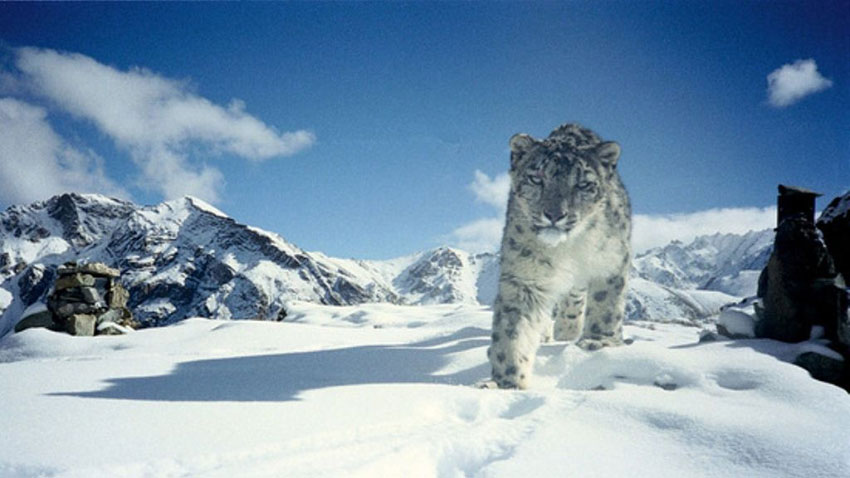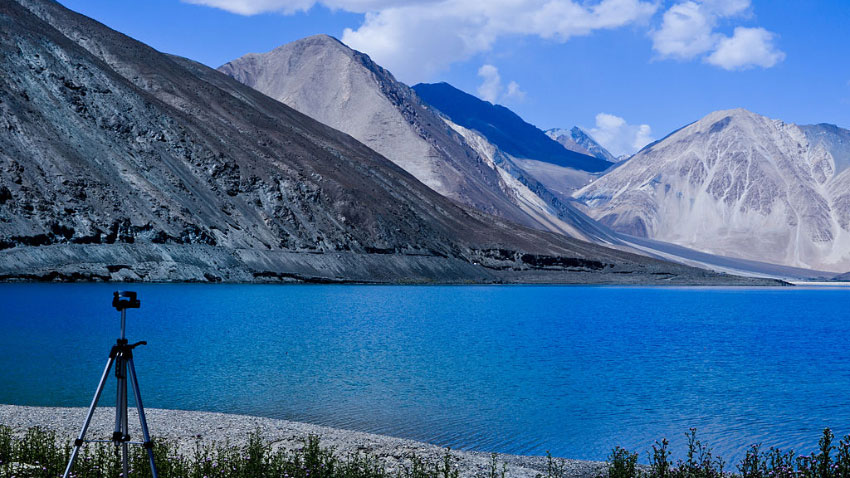Ministry of Tourism holds its 5th webinar on the rich heritage of Ladakh under DekhoApnaDesh Webinar Series
To generate awareness about and promote various tourism destinations of India, the Ministry of Tourism has launched the “DekhoApnaDesh” webinar series which provide information on the rich culture and heritage of the country and share the depth and expanse of the destinations in India. As part of the ongoing series, the Ministry of Tourism conducted its 5th webinar on the rich heritage of Ladakh titled “Ladakh: Explore the Unexplored” on 20th April 2020.
Ladakh, the roof of the world, is home to breathtaking Himalayan landscapes and an ancient Buddhist culture living in harmony with nature for over a thousand years. A traveller’s paradise, Ladakh attracts people from far and wide for its awe-inspiring nature, rural simplicity and spiritual intensity. The speakers in the Webinar Paras Loomba and Jaideep Bansal from Global Himalayan Expedition took the viewers on a pictorial journey to the land of high passes and showcased the unexplored areas of Ladakh.

Avikdutta90 / CC BY-SA (https://creativecommons.org/licenses/by-sa/4.0)
They discussed Ladakh’s traditional homestays and focused upon the need for sustainability and eco-friendly practices while travelling to Ladakh. The webinar took the participants on a journey away from the beaten paths of Pangong Tso Lake and Khardungla to the unexplored valleys of Lingshed and Zanskar.
Beginning the virtual journey from Leh city, the speakers showcased the beauty of the Hemis National Park, the Markha Valley and the vast expanse of the Nubra valley, including the last villages of India, Turtuk and Warshi, while visiting ancient monasteries and sacred lakes along the way. From Nubra, the speakers tapped into the most unexplored region of Leh, the Trans- Singge -La valley of Lingshed, famous for its 15th Century monastery and the Aryan villages of Dha and Hanu, home to the last of the Brokpa tribes of India.

Snow Leopard Conservancy/Jammu & Kashmir Wildlife Protection Department / Public domain
Moving onwards to the valley of Kargil known for its amazing food and apricot blossoms, along with the picturesque valley of Suru. The region is also famous for its 7th century old Chamba Buddha statues, similar to the Bamiyan statues in Afghanistan. Finally, to the undiscovered and pristine Zanskar valley, home to beautiful monasteries of Rangdum, Karsha and the trek into the Lungnak valley to visit the 2500-year-old cave monastery of Phugtal.
The speakers emphasised the idea of a home away from home when travellers visit the villages in Ladakh and the hospitality that one receives staying in the beautiful homestays of the local communities. The need to travel sustainably and be a responsible traveller was highlighted by sharing some of the best practices involving staying in homestays with the locals, enjoying the local food, carrying your own water, not buying plastic and buying locally made handicrafts to empower the local communities.
The webinar stressed on the dispersion of tourism to these remote unexplored areas of Ladakh while providing the local communities with sources of income to ensure the cultural preservation in the fragile ecosystem of Himalayas.
The webinar received a very good response with over 4600 participants registering and with 78% of the audience rating the webinar as excellent.
Read more at TravelMail | Follow us at Facebook | Twitter | Instagram for on the go news.

